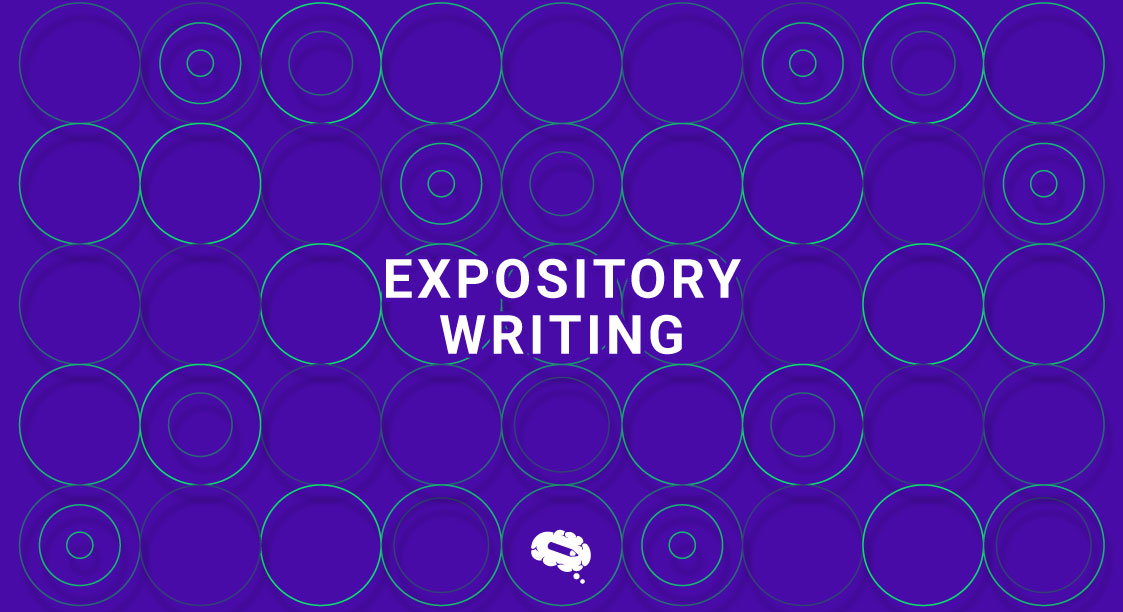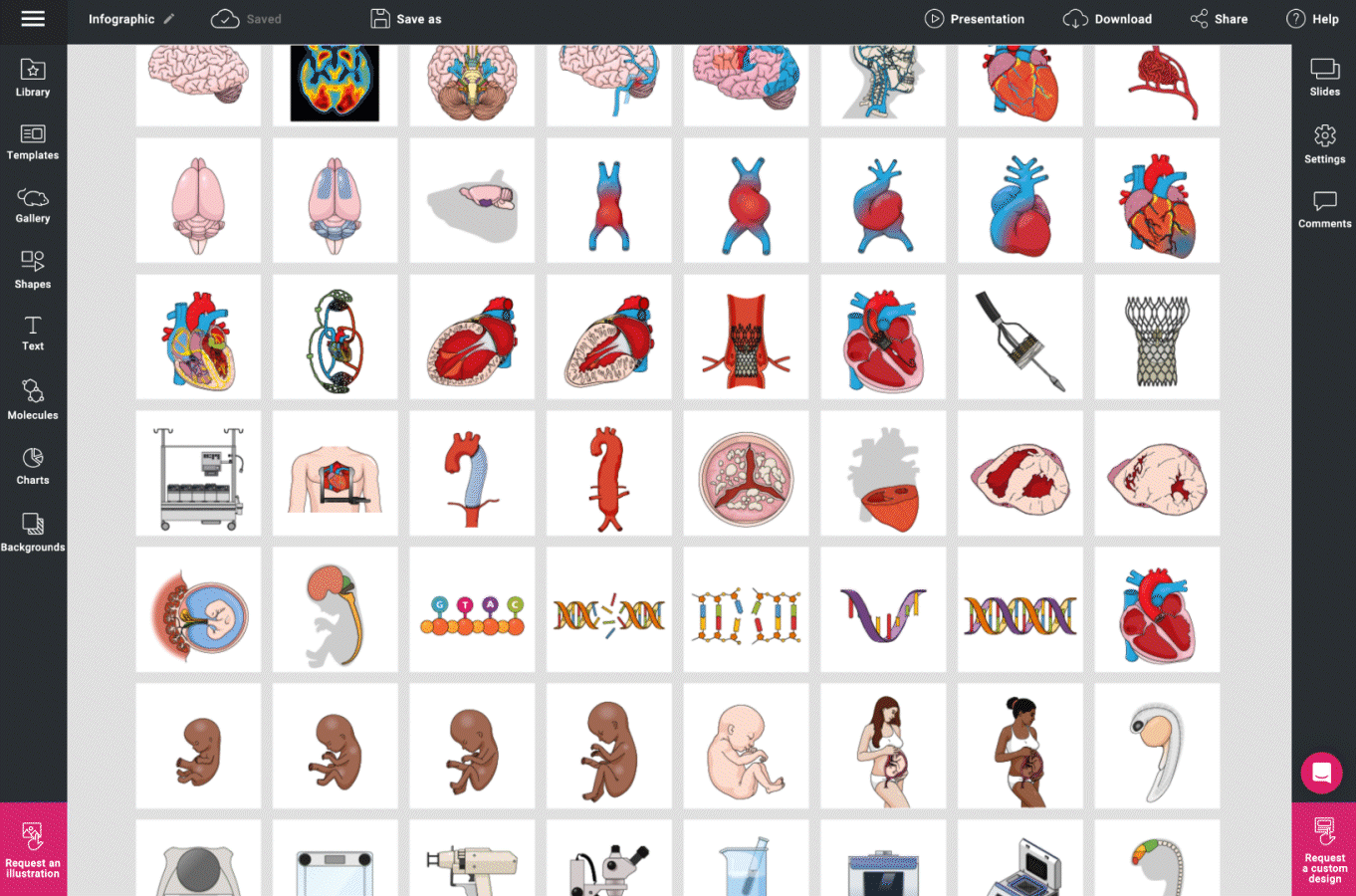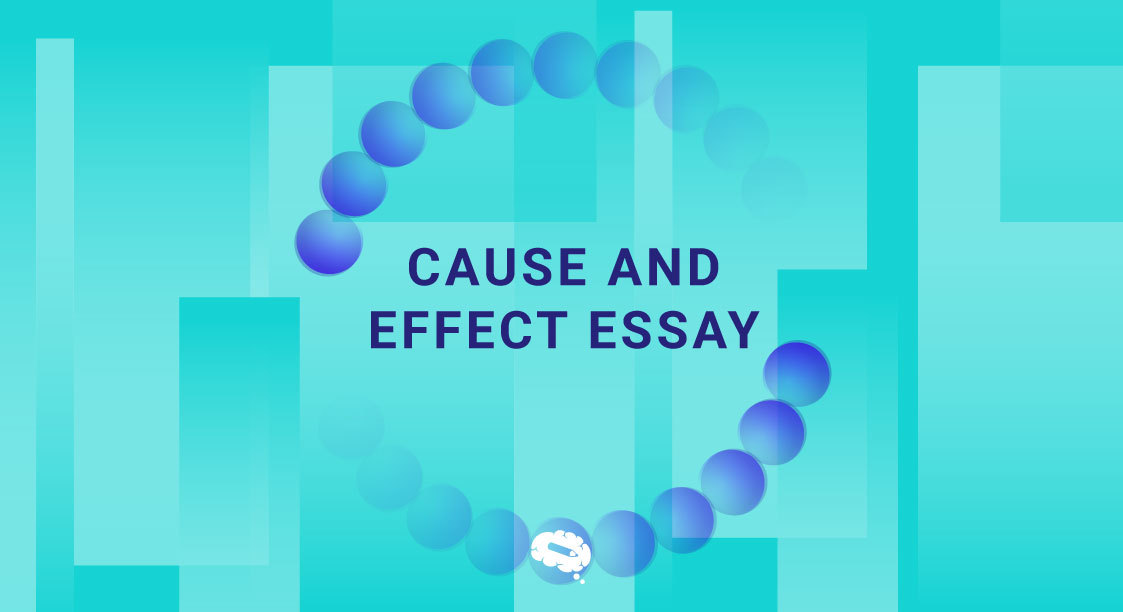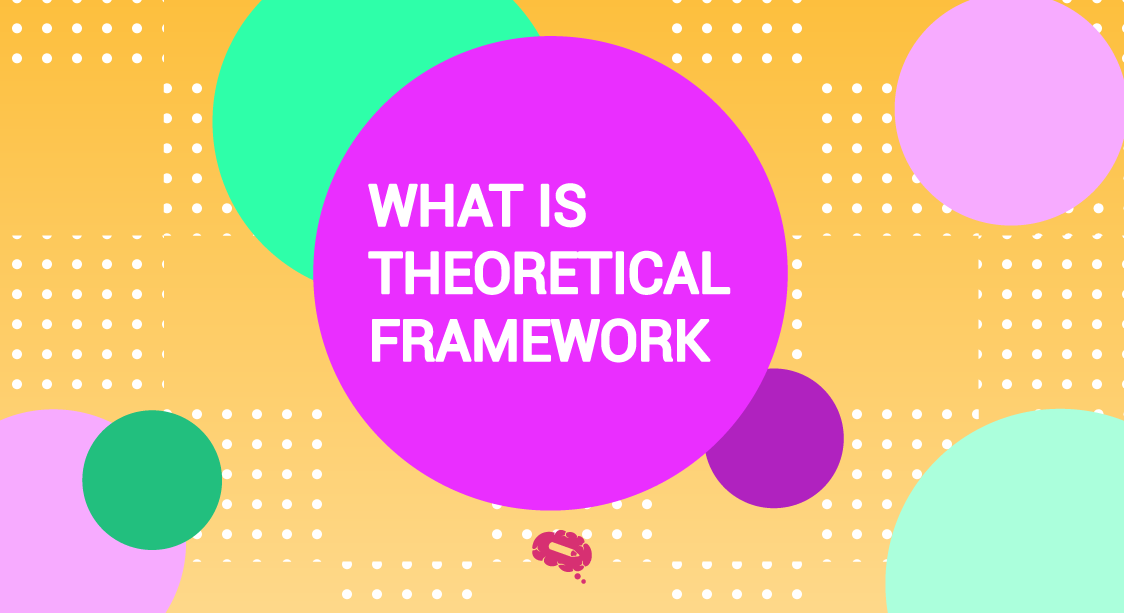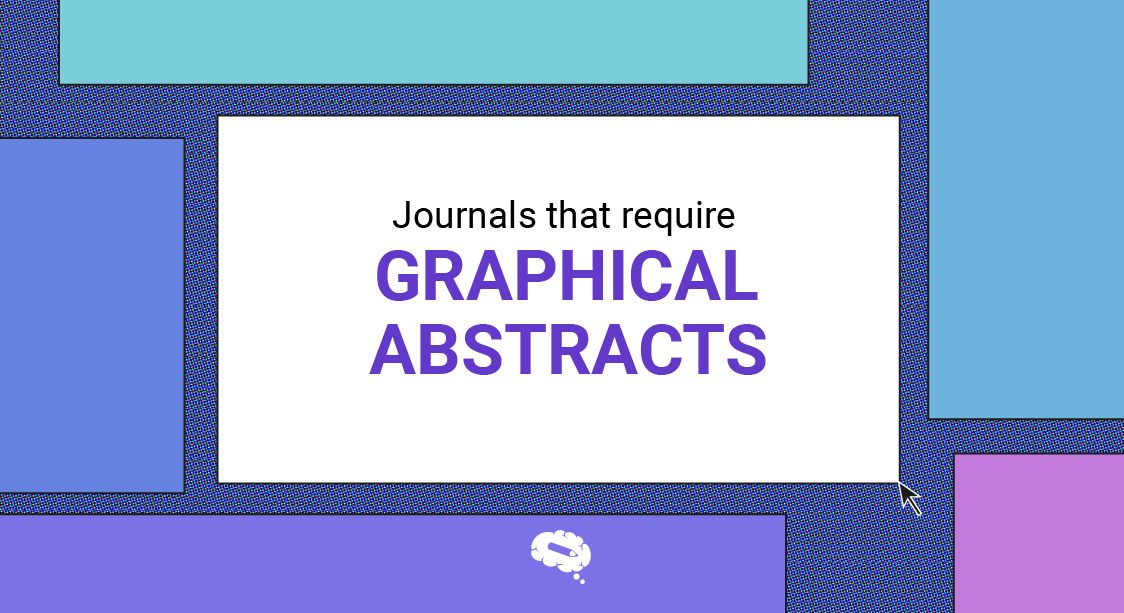Expository writing is a fundamental skill that underpins effective communication across various fields, from education to professional environments. This form of writing focuses on delivering information in a clear, concise, and factual manner, making it indispensable for conveying ideas and knowledge accurately.
In this article, we will explore the essence of expository writing and uncover the techniques that make it a vital tool for anyone looking to enhance their communication skills. Mastering expository writing enables individuals to inform, educate, and engage their audiences precisely and clearly.
What Is Expository Writing?
Expository writing centers on providing factual and clear information to inform or explain a topic thoroughly and accurately. This writing style avoids personal opinions or biases, instead relying on evidence, examples, and logical reasoning to convey its message.
The primary objective is to ensure that the reader fully understands the subject matter straightforwardly and comprehensively. It provides readers with a deeper understanding of a subject matter by breaking down complex ideas into manageable parts. The primary purpose of expository writing is to:
Clarify Information: Expository writing ensures that information is conveyed in a manner that is easily understood by the audience. It strives to eliminate ambiguity and confusion, presenting facts and explanations in a logical sequence.
Educate and Inform: Through expository writing, authors seek to educate readers about a topic, process, or issue. This form of writing often appears in textbooks, manuals, and academic papers, where the goal is to impart knowledge and foster understanding.
Explain Relationships: Another goal of expository writing is to explore the relationships between different ideas or concepts. It may involve comparing and contrasting, cause and effect analysis, or providing step-by-step instructions.
Characteristics Of Expository Writing
Expository writing is distinguished by several key characteristics that set it apart as a method of conveying information effectively. These characteristics make expository writing an invaluable tool in academic, professional, and informational contexts, enabling clear and credible communication of complex ideas and concepts. Some of the main characteristics are:
Objective Tone and Style: Expository writing maintains a neutral and impartial tone. It avoids personal biases, emotions, and opinions, focusing instead on presenting information straightforwardly and factually. This objective approach enhances credibility and reliability, appealing to a wide range of readers who seek reliable information.
Factual, Evidence-Based Content: Central to expository writing is its reliance on factual information and evidence. Writers meticulously research their topics, gathering data from credible sources to support their claims. This evidence-based approach not only substantiates the information presented but also encourages critical thinking and informed decision-making among readers.
Clarity and Conciseness: Expository writing prioritizes clarity, aiming to convey information straightforwardly so it is easily understandable to the audience. It avoids ambiguity and complex language, ensuring that the message is clear and accessible.
Structure and Organization: Structurally, expository writing follows a logical sequence. It typically includes an introduction that introduces the topic and thesis statement, body paragraphs that develop main ideas with supporting evidence, and a conclusion that summarizes key points and reinforces the thesis.
Educational and Informative: The primary purpose of expository writing is to inform, explain, or instruct. It seeks to impart knowledge and deepen understanding of a subject, making it suitable for educational materials, technical manuals, reports, and academic papers.
No Personal Opinion: Unlike persuasive or argumentative writing, expository writing does not advocate for a particular viewpoint or persuade the reader to take a specific stance. Instead, it focuses on presenting information objectively and letting readers draw their conclusions based on the presented evidence.
Types Of Expository Writing
Expository writing or essays take on different forms, each designed to effectively communicate specific information and ideas:
Descriptive Essays
Descriptive essays are a genre of expository writing designed to vividly depict a person, place, object, or event through detailed language and sensory imagery. Their primary aim is to stimulate sensory experiences and emotions in the reader through the use of descriptive adjectives, vivid adverbs, and figurative language that appeal to the senses of sight, sound, taste, touch, and smell.
Structurally, these essays typically introduce the subject in the introduction, develop its description in the body paragraphs using a logical sequence of sensory details, and conclude by summarizing the overall impression or emotional impact.
Through the integration of narrative elements and emotive language, descriptive essays effectively immerse readers in the subject matter, leaving a memorable and profound impression.
Here are some examples of descriptive essays:
- A Day at the Beach: Describing the sights, sounds, and sensations experienced during a relaxing day at the beach.
- My Favorite Place: Painting a vivid picture of a special place, such as a childhood home or a serene mountain retreat.
- The Haunted House: Creating an eerie atmosphere by detailing a spooky old house and the mysterious events that occur within.
- The City at Night: Capturing the bustling energy and unique atmosphere of a city after dark, with its illuminated streets and diverse people.
- A Memorable Journey: Recounting a memorable travel experience, from the landscapes and cultures encountered to the emotions felt along the way.
Process Essays
Process essays are instructional pieces of expository writing that systematically outline the steps of a procedure or process to elucidate its execution or functionality. These essays facilitate reader comprehension and enable replication of the process at hand with a clear, step-by-step guide. Commonly found in technical manuals and instructional literature, process essays educate audiences on effectively completing tasks or operations through structured and accessible explanations.
Here are some examples of process essays:
- How to Bake a Cake: A step-by-step guide explaining the process of baking a delicious cake, from gathering ingredients to decorating the final product.
- How to Change a Tire: Describing the necessary steps to safely change a flat tire on a vehicle, including tools needed and proper techniques.
- How to Write a Resume: Providing a detailed process for crafting an effective resume, from organizing personal information to formatting and editing.
- How to Make Homemade Pizza: Explaining the process of making pizza dough, selecting toppings, assembling the pizza, and baking it to perfection.
- How to Perform CPR: Detailing the steps and techniques required to perform cardiopulmonary resuscitation (CPR) on someone experiencing cardiac arrest.
Comparison Essays
Comparison essays are analytical pieces of writing that explore the similarities and differences between two or more subjects, ideas, or phenomena. These essays meticulously examine and highlight the key characteristics, attributes, or aspects of each subject under consideration.
Comparing these elements, comparison essays aim to uncover insights into their relationships, revealing similarities that may not be immediately apparent and highlighting contrasting features that distinguish them from one another.
This process of analysis helps in achieving a deeper understanding of the subjects being compared, offering valuable perspectives on their nuances and implications. Comparison essays not only illuminate shared traits but also emphasize unique qualities, encouraging readers to contemplate the significance of these similarities and differences within a broader context.
Here are some examples of comparison essays:
- Comparison of Two Literary Works: Analyzing the similarities and differences between two novels, poems, or plays, focusing on themes, characters, and literary techniques.
- Comparison of Two Historical Events: Exploring the similarities and differences between two significant historical events, such as World War I and World War II, examining causes, impacts, and outcomes.
- Comparison of Two Theoretical Frameworks: Comparing and contrasting two theories or models in psychology, sociology, or economics, discussing their principles, applications, and implications.
Related article: Understanding What is Theoretical Framework
- Comparison of Two Political Leaders: Analyzing the leadership styles, policies, and impacts of two political leaders from different eras or countries, such as Nelson Mandela and Mahatma Gandhi.
- Comparison of Two Technologies: Evaluating the similarities and differences between two technological innovations, such as smartphones and tablets, in terms of features, usability, and market impact.
Cause And Effect Essays
Cause and effect essays are focused on investigating the relationships between actions and their outcomes. These essays carefully examine the reasons why certain events or situations occur (causes) and the effects or consequences that result from these causes.
Cause and effect essays explore these connections, revealing the underlying factors behind specific outcomes and demonstrating how one event can directly influence or trigger another. This analytical approach helps readers understand the chain of events, patterns of behavior, and broader implications of the phenomena being studied. Explore more cause-and-effect essay intricacies, examples, and expert tips: Connecting The Dots: The Power Of Cause-And-Effect Essay.
Here are some examples of cause-and-effect essays:
- Causes and Effects of Air Pollution: Analyzing the factors contributing to air pollution (e.g., industrial emissions, vehicle exhaust) and exploring their effects on human health, ecosystems, and climate change.
- Causes and Effects of Social Media Addiction: Investigating the reasons behind social media addiction (e.g., constant connectivity, fear of missing out) and examining its effects on mental health, relationships, and productivity.
- Causes and Effects of Global Warming: Discussing the causes of global warming (e.g., greenhouse gas emissions, deforestation) and exploring its effects on sea levels, weather patterns, and biodiversity.
- Causes and Effects of Stress in the Workplace: Examining the factors leading to workplace stress (e.g., workload, lack of job security) and discussing its effects on employee well-being, productivity, and turnover rates.
- Causes and Effects of Childhood Obesity: Identifying the reasons for childhood obesity (e.g., poor diet, sedentary lifestyle) and evaluating its effects on physical health, psychological well-being, and long-term health outcomes.
Problem And Solution Essays
Problem and solution essays are focused on identifying important issues or challenges and proposing effective solutions. These essays begin by presenting a specific problem or issue, and thoroughly analyzing its causes and consequences. Subsequently, they offer practical strategies or solutions aimed at addressing the problem.
This type of expository essay aims to raise awareness, stimulate critical thinking, and motivate individuals or communities to take action in resolving societal, environmental, or personal concerns. Through thoughtful analysis and innovative proposals, these essays contribute to broader discussions and initiatives aimed at positive change.
Here are some examples of problem and solution essays:
- Climate Change: Identifying the issue of climate change and proposing solutions such as reducing greenhouse gas emissions, promoting renewable energy sources, and implementing international agreements.
- Obesity Epidemic: Addressing the problem of obesity through solutions such as promoting healthy eating habits, increasing physical activity in schools and communities, and regulating food marketing to children.
- Homelessness: Discussing the issue of homelessness and proposing solutions such as providing affordable housing options, expanding access to supportive services, and implementing employment programs for homeless individuals.
- Traffic Congestion: Analyzing the problem of traffic congestion in urban areas and suggesting solutions such as improving public transportation systems, implementing congestion pricing, and promoting telecommuting and flexible work hours.
- Cyberbullying: Examining the issue of cyberbullying and proposing solutions such as educating students and parents about online safety, implementing stricter laws and regulations, and fostering a positive online culture in schools and communities.
Each type of expository essay has a distinct purpose in conveying information, analyzing concepts, and presenting ideas systematically and logically. Understanding these essay types helps writers effectively engage readers, present valuable viewpoints, and contribute informed perspectives to discussions and decision-making processes.
Crafting An Expository Essay
Crafting an expository essay involves several essential steps to ensure clarity, coherence, and effectiveness in conveying information:
Selecting a Topic
Choosing the right topic is crucial. Consider selecting a subject that interests you and aligns with the essay’s purpose. Ensure the topic is specific enough to explore in-depth but broad enough to offer ample information. Guidelines for choosing a subject include relevance, clarity of scope, and potential for engaging your audience.
Researching Your Topic
Thorough research is essential for gathering reliable sources and information. Utilize reputable sources such as academic journals, books, credible websites, and expert interviews. Evaluate the credibility and relevance of each source to ensure the accuracy and depth of your essay’s content.
Writing a Thesis Statement
The thesis statement is the core idea or argument that your essay will explore and support. Craft a clear, concise thesis that outlines the main point of your essay. It should be specific and focused, guiding the reader on what to expect in terms of the essay’s content and direction.
Structuring Your Essay
Organize your thoughts and information into a logical sequence. Typically, an expository essay follows a structured format:
Introduction: Introduce the topic, provide background information, and present the thesis statement.
Body Paragraphs: Develop each main point or aspect of the thesis statement in separate paragraphs. Use topic sentences to introduce each paragraph’s main idea and provide supporting evidence, examples, and explanations.
Conclusion: Summarize the main points of the essay and restate the thesis statement in different words. Avoid introducing new information in the conclusion and leave the reader with a lasting impression or thought.
Writing Techniques and Tips
Effective expository writing relies on specific techniques and strategies to ensure clarity, coherence, and engagement. Here are some essential tips for crafting a successful expository piece:
Clear and Concise Language
Use language that is straightforward and easily understandable. Eliminate unnecessary words, phrases, and jargon that may confuse or distract the reader. Focus on conveying your ideas in a direct and precise manner to enhance clarity and readability.
Using Supporting Evidence
Incorporate factual information, statistics, examples, and expert opinions to support your points. Reliable evidence strengthens your arguments and provides credibility to your writing. Ensure that all sources are properly cited and relevant to the topic at hand.
Transition Between Ideas
Maintain a smooth flow of information by using transitions between paragraphs and ideas. Transitions such as “however,” “in addition,” “furthermore,” and “on the other hand” help connect different parts of your essay and guide the reader through your thought process. This cohesive structure enhances the overall coherence of your writing.
Revision and Editing
Self-Editing Strategies
Refining your draft begins with reviewing your content for clarity, coherence, and relevance. Start by checking for logical flow and organization. Eliminate unnecessary words, phrases, or repetitive information. Ensure that your thesis statement is clear and supported by strong evidence. Pay attention to grammar, punctuation, and sentence structure to enhance readability.
Peer Review and Feedback
Utilize the perspectives of others to improve your essay. Seek feedback from peers, instructors, or mentors who can offer valuable insights and constructive criticism. Consider their suggestions for improving clarity, strengthening arguments, or addressing any information gaps. Peer review helps you identify blind spots and refine your writing before finalizing your draft.
Finalizing Your Essay
Polish your work for submission by focusing on the finer details. Double-check spelling, grammar, and punctuation errors. Ensure consistency in formatting, citations, and referencing style (if applicable). Review the introduction and conclusion to ensure they effectively frame and summarize your main points. Take the time to proofread your essay thoroughly to present a polished and professional piece of writing.
In summary, expository writing plays a crucial role in effectively communicating clear and factual information. By emphasizing clarity, objectivity, and the use of evidence, expository writing educates readers and facilitates a deeper understanding of complex subjects. Whether in academic, professional, or everyday contexts, its structured approach ensures information is presented accurately, encouraging critical thinking and informed decision-making. Embracing expository writing principles enhances communication skills, promotes knowledge dissemination, and contributes to a more informed society overall.
Science Figures, Graphical Abstracts, And Infographics For Your Research
Mind the Graph platform empowers scientists by providing tools to create impactful science figures, graphical abstracts, and infographics tailored to their research needs. Through user-friendly templates and customizable design options, researchers can efficiently visualize complex data, theories, and findings. This platform not only enhances the presentation of scientific information but also aids in effectively communicating research insights to peers, collaborators, and the broader scientific community.

Subscribe to our newsletter
Exclusive high quality content about effective visual
communication in science.

